Green Cloud is vastly becoming the preferred choice for customers, and all the major Cloud players are heading in that direction
Over the years, computing technology has become an essential part of the global infrastructure leading to the rise in data usage and computing devices.
The idea behind Green Cloud Computing is to minimize the energy consumed by the hardware used in the process of Cloud Computing.
Apart from achieving efficient processing, it also utilizes computing architecture and minimizes energy consumption. This concept of going green ensures that the growth in this sphere doesn’t have any adverse effects on the environment in the future.
According to Gartner, Global Public Cloud spending will reach $482 billion and grow by 21.7% in 2022. In India, compared to 2021, the Public Cloud Market will grow up to $7.3 billion in 2022, with a rise of 29.6% approximately.
Before diving deep into Green Cloud Computing, here is an overview of the Cloud.
Cloud:
The concept and ideology of the Cloud have been on the rise since the 1950s. Cloud, in simple terms, refers to the Data Storage, Infrastructure and Applications across the internet. They are accessible via public and private networks such as WAN, LAN, VPN etc.
The IT industry used on-premise servers for heightened computation, storage, and energy usage and incurred huge expenses. Cloud Computing has solved several concerns with the need to predict demand (Highly Available On-Demand Services), pricing concerns (Pay-as-you-go models + Usage Discounts) and the need to have and maintain a storage area.
Despite all these benefits and the reusability options, Cloud Computing still has a massive increase in energy demand.
Surveys conducted over the years have projected that the average amount of energy consumption of a DC doubles every four years.
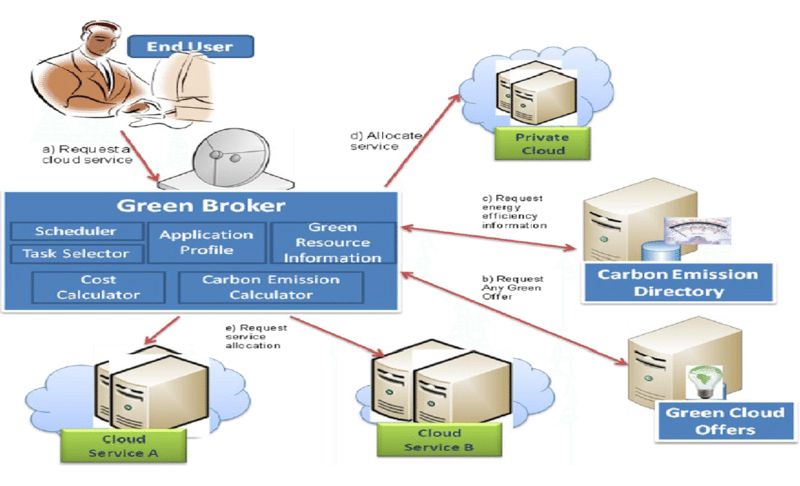
Green Cloud:
With increasing technological advancement, we are depleting Earth’s natural resources. Among all industries, the ICT industry is responsible for a large portion of energy consumption. This sector is to contribute at least 8% of the total electricity demand by 2030, a whopping 15x times in comparison to 2010.
An average DC uses as much as 25,000 household units worth of energy. Cloud Computing is a greener alternative as the number of servers utilized is lesser, comparatively.
The Green Cloud Computing model develops and executes policies (e.g., Smarter E-waste) to increase the efficient use of resources with the existing integration of known technologies. The knowledge of the Green Cloud, a subpart of green ICT, is essential in moving forward with the digital transformation future.
Techniques like Nano Data Centers, Dynamic Voltage Frequency Scaling, and Virtualization have been researched and used to achieve energy-efficient PCs, agile resource allocation, algorithms and frameworks for effectiveness related to power management.
Green Benefits:
Green Cloud Computing is the way to champion profitable business ventures and preserve Mother Nature. The two crucial pillars of Green Cloud Computing are Energy Source and Energy Efficiency. Renewable Energy Credits and Pausable Data Centers contribute significantly to the energy source.
Power usage effectiveness is about Microsoft having DCs underwater or Google using water pipes to cool Data Centers that consume less energy than traditional air conditioners. The green benefits could be listed as follows:
- Cost Optimization: With the shift in Cloud technologies, up to 27% of resources and energy are conserved.
- Reduced Carbon Footprints: The green computing techniques lead to lower carbon dioxide or greenhouse gases emissions and greater use of renewable resources.
- Availability and Security: There is no compromise of 24/7 availability or data protection on the Green Cloud.
Green Cloud is vastly becoming the preferred choice for customers, and all the major Cloud players are heading in that direction.
Renowned companies such as Spotify and SiteGround have switched to carbon neutral GCP, significantly reducing their carbon footprint.
Mapbox has recently configured AWS as their Cloud partner in regions that advocate renewable energy.
According to reports, Google aims to have 100% renewable energy as the source of electricity and would invest $1.2Bn by 2030.
Similarly, AWS has spent $35Bn on its Northern Virginia DCs. The company aims to use 100% of global annual green power by 2023 and has enabled 15 new utility-scale solar farms.
Following suit, Azure aims to use direct local renewable energy by 2025.
Moving forward, saving energy through technology would be our mantra!
In case you missed:
- None Found



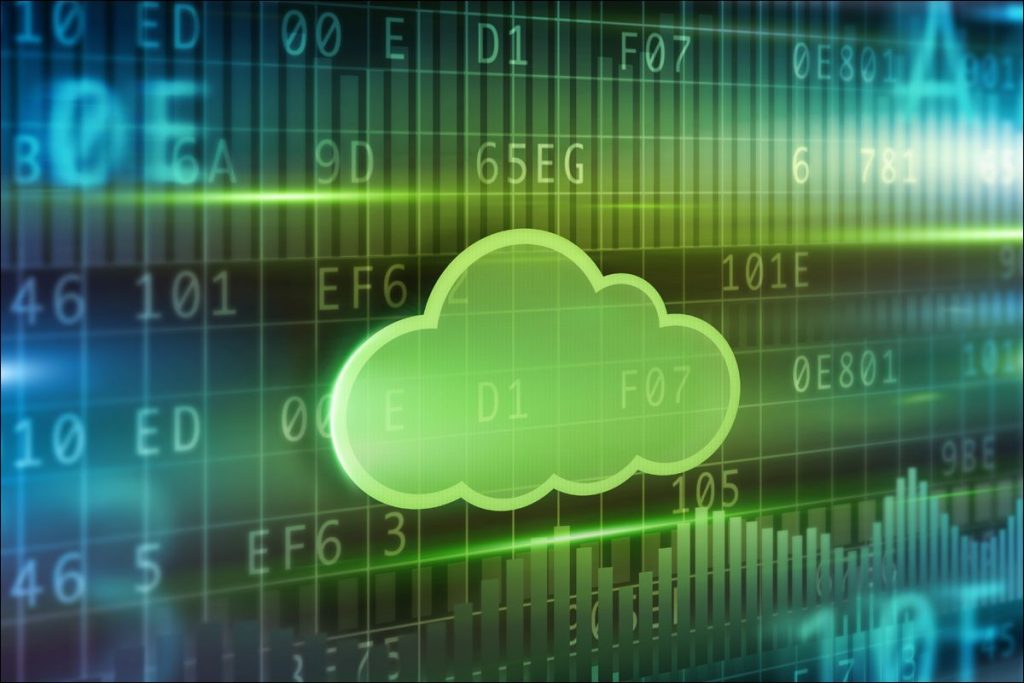

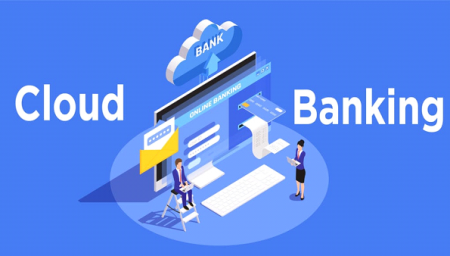

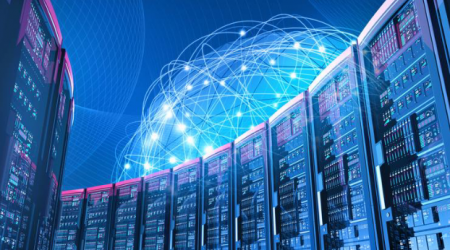
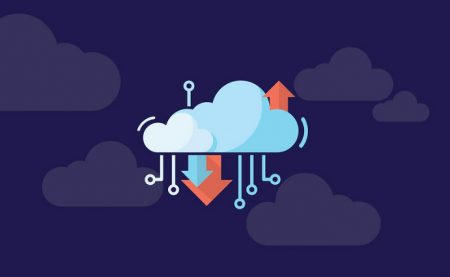

2 Comments
Thanks for sharing…..
Thank you for sharing the information about green cloud computing saving global environment, keep sharing.